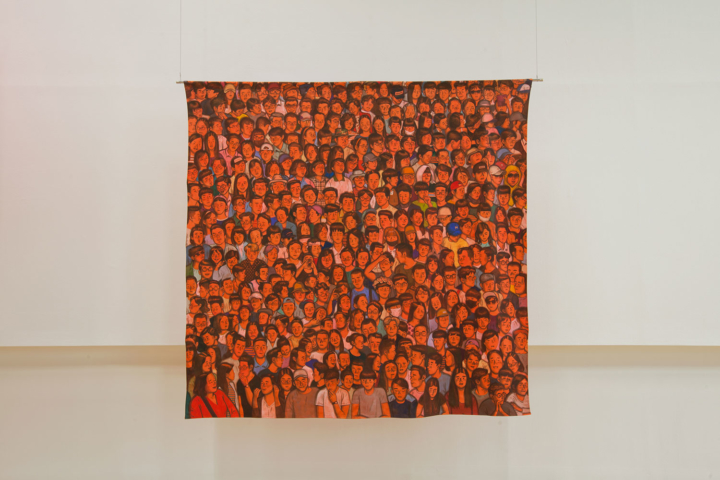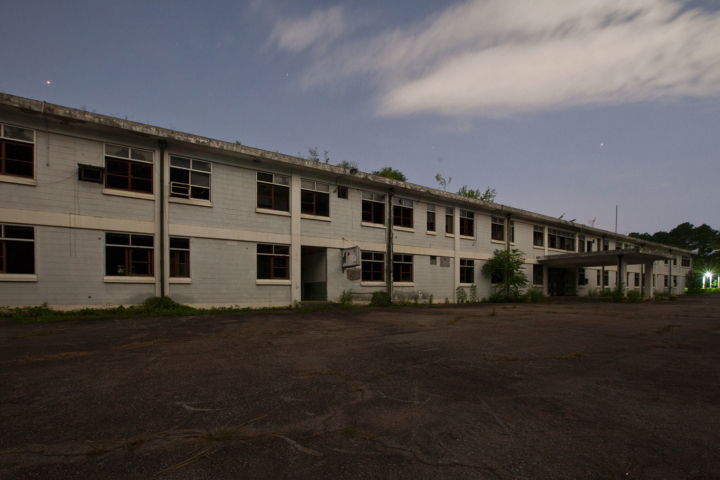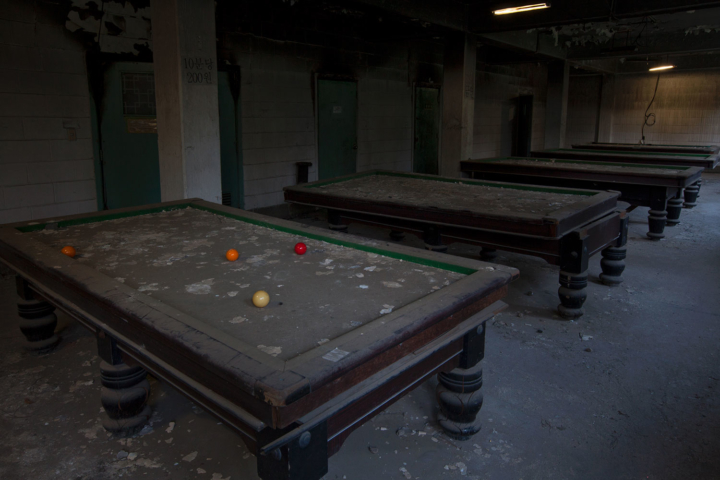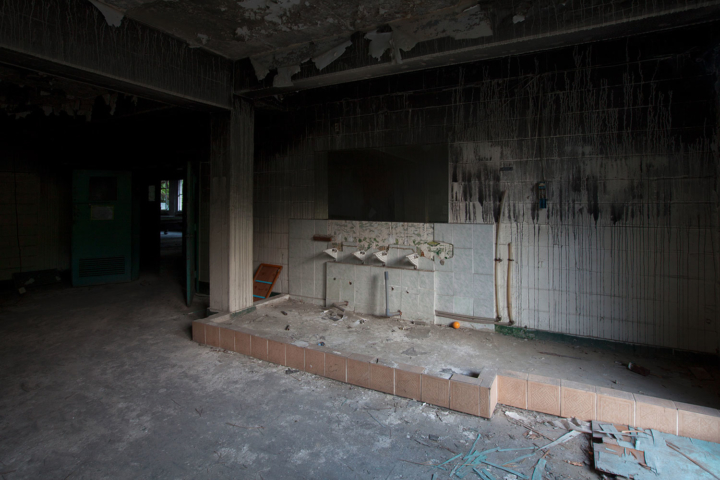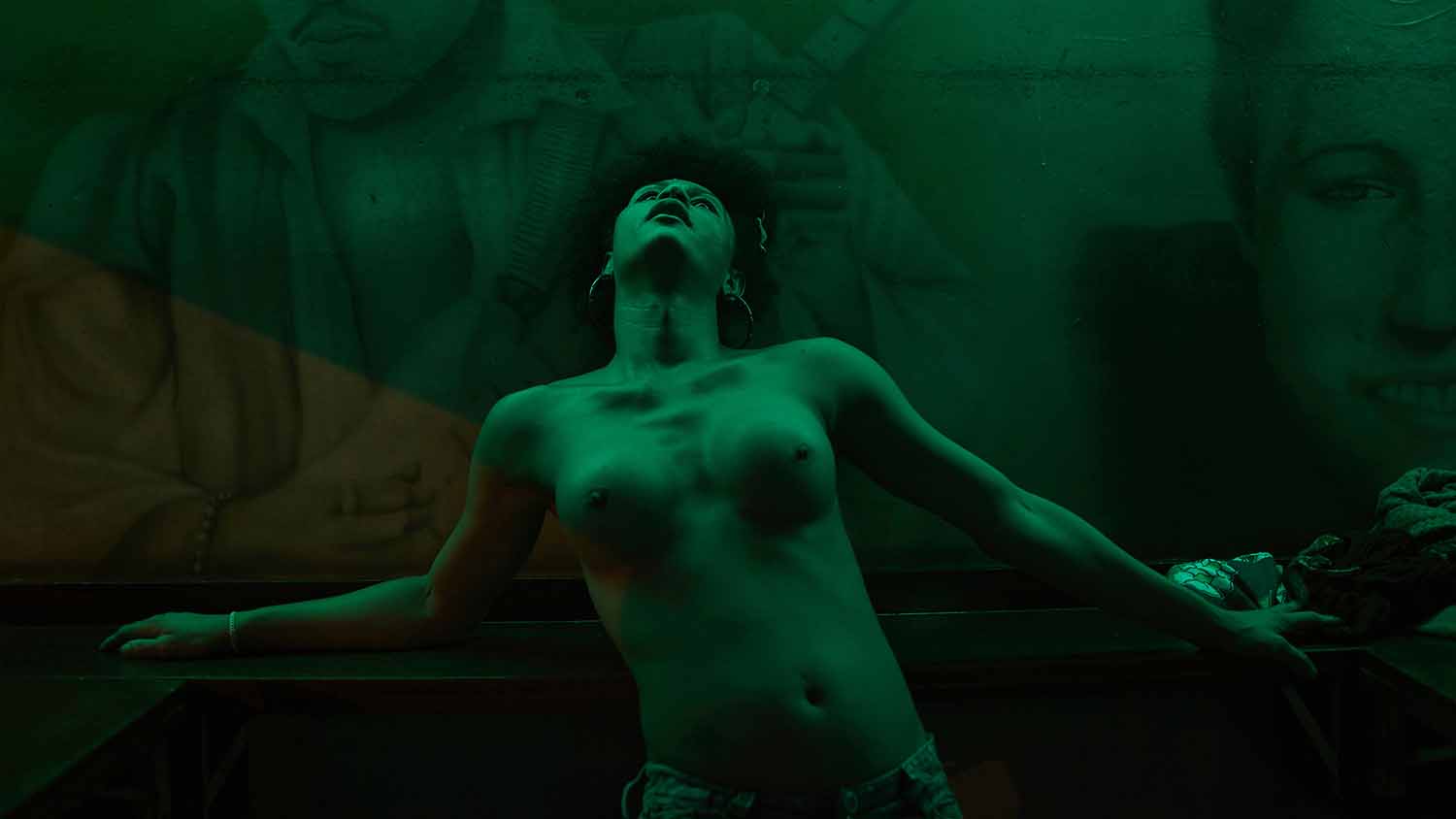It is no secret that art biennials are at an impasse, given the recurring and vaguely political frameworks associated with massive prosaic exhibitions. Yet for South Korea’s Gwangju Biennale, the first and most prominent art biennial in Asia, the latest inter-Korean summits could have resulted in a crucial appointment with history, enough to justify the hulking dimension of the freshly opened 12th edition, titled “Imagined Borders.” The exhibition showcases 165 artists in seven sections, each assigned to one or more local and international curators — including Clara Kim, Gridthiya Gaweewong, and David Teh — all placed under the supervision of recently appointed president Kim Sun-jung, an influential South Korean curator and former director of the Art Sonje Center in Seoul.
The title symbolically references the show’s inaugural edition in 1995, “Beyond the Borders,” as the Gwangju Biennale — launched in memory of the 1980 repression of the Gwangju Democratization Movement — once again delves into crucial geopolitical and social subjects such as Cold War, migration, and the interference of state-driven policies and ideologies in the physical and, increasingly, the emotional life of the individual. What differs is that the previous editions’ general optimism toward globalization, embodied by the Biennale, has now turned into a bitter halo, especially in the work of South Korean artists featured in the exhibition “The Art of Survival: Assembly, Sustainability, Shift.” Most works here are strictly located in the orbit of symptomatic art, and speak to trauma almost as one of the selection criteria, whereas the intention to position these artworks in relation to a new Cold War translated to disenchantment.
Only a few iconic works stand as counterpoints to the present condition, in an intergenerational dialogue with “Foules” (1985), Lee Ungno’s traditional ink drawings of dancing crowds, originally featured in the 1995 exhibition and presented again here. One of them is the “Mat” series (2017–18) by Suki Seokyeong Kang, whose minimalist structures stage a royal court dance from the Joseon Dynasty, suggesting a recurring battle fatigue but no resignation. A collective spirit equally infuses Woosung Lee’s acrylic gouaches on vivid fabric — from Pink Scenery to A Person Crossing the Border (both 2018) — hanging at various heights from the floor and recalling protest banners.
Another symbolic comeback, in the exhibition “Faultlines,” is Cuban artist Kcho’s Para Olvidar (1995), a boat made of sea debris floating on a heap of beer bottles, which once again evokes the precarious state of a collective in search of freedom. Kcho’s work painfully reverberates with the “Bruise Paintings” (2016) by Byron Kim, here exhibited with “Synecdoche” (1991–ongoing), a collection of skin-color monochromes arranged in a modernist grid. In a decisive shift to hardcore reality, Luke Ching’s installation Cross Border Convictions: HK/Korea (2018) compares criminal offences in Hong Kong and South Korea, while his Region of Failed Flags (2018) upturns the failed competition for a Hong Kong flag in 1988 into a spectacle of nationhood, displaying several hundred of the rejected flag designs.
A new set of site-specific commissions by artists Kader Attia, Mike Nelson, Apichatpong Weerasethakul, and Adrián Villar Rojas, some located in an former military hospital, draw a bridge between international and local concerns as they reference the Korean Demilitarized Zone (DMZ) and the repression of the May 18 Gwangju Democratic Movement. However, their aspiration as ephemeral monuments to the South Korean condition is somehow eclipsed by more minimal gestures, such as 100 Hand Drawn Maps of My Country by artist Shilpa Gupta, an ongoing project in which one map is sketched by one hundred South Korean people. These mnemonic exercises to render the shape of the country reveal an implicit hope for a unified Korea.

